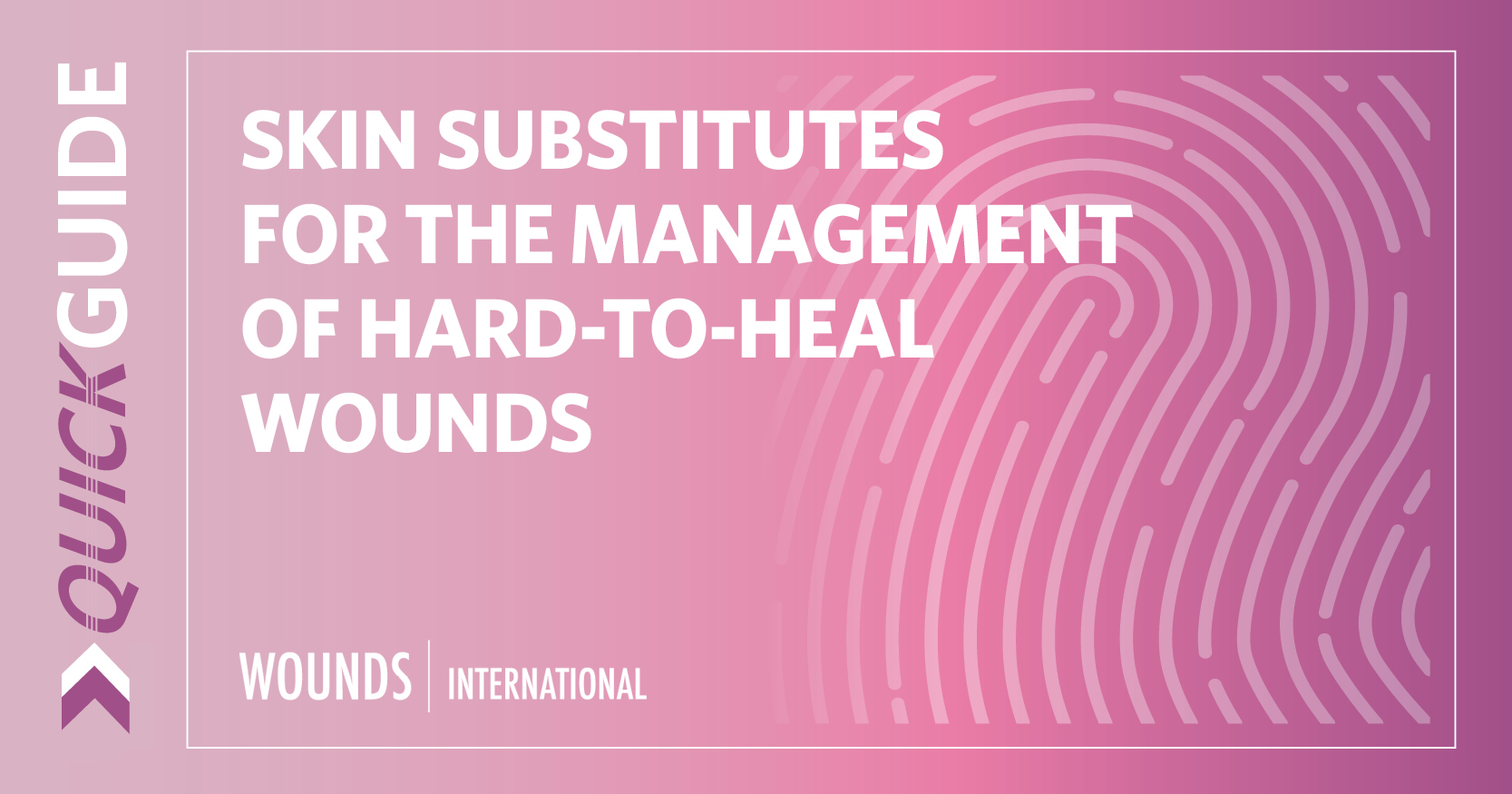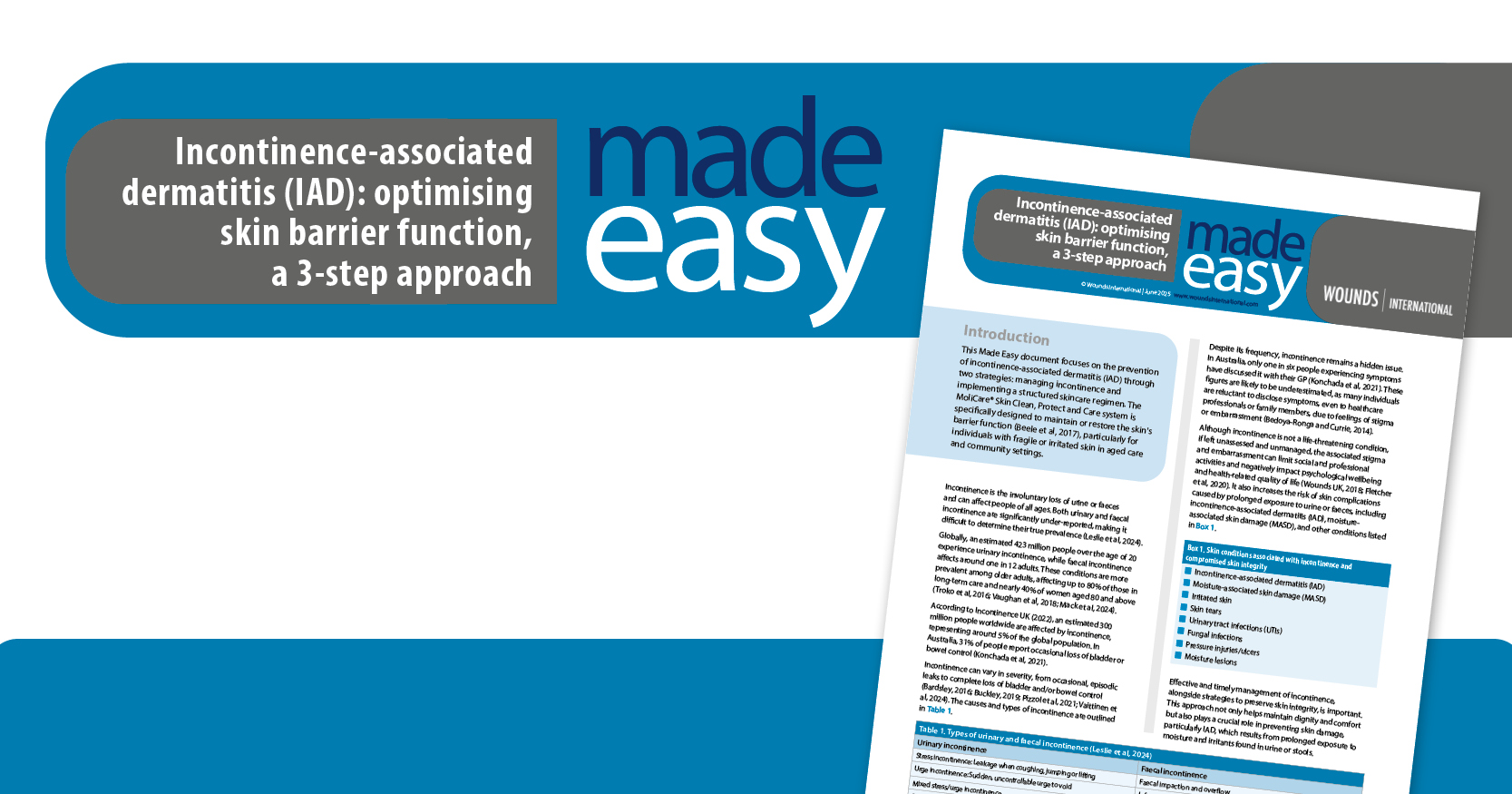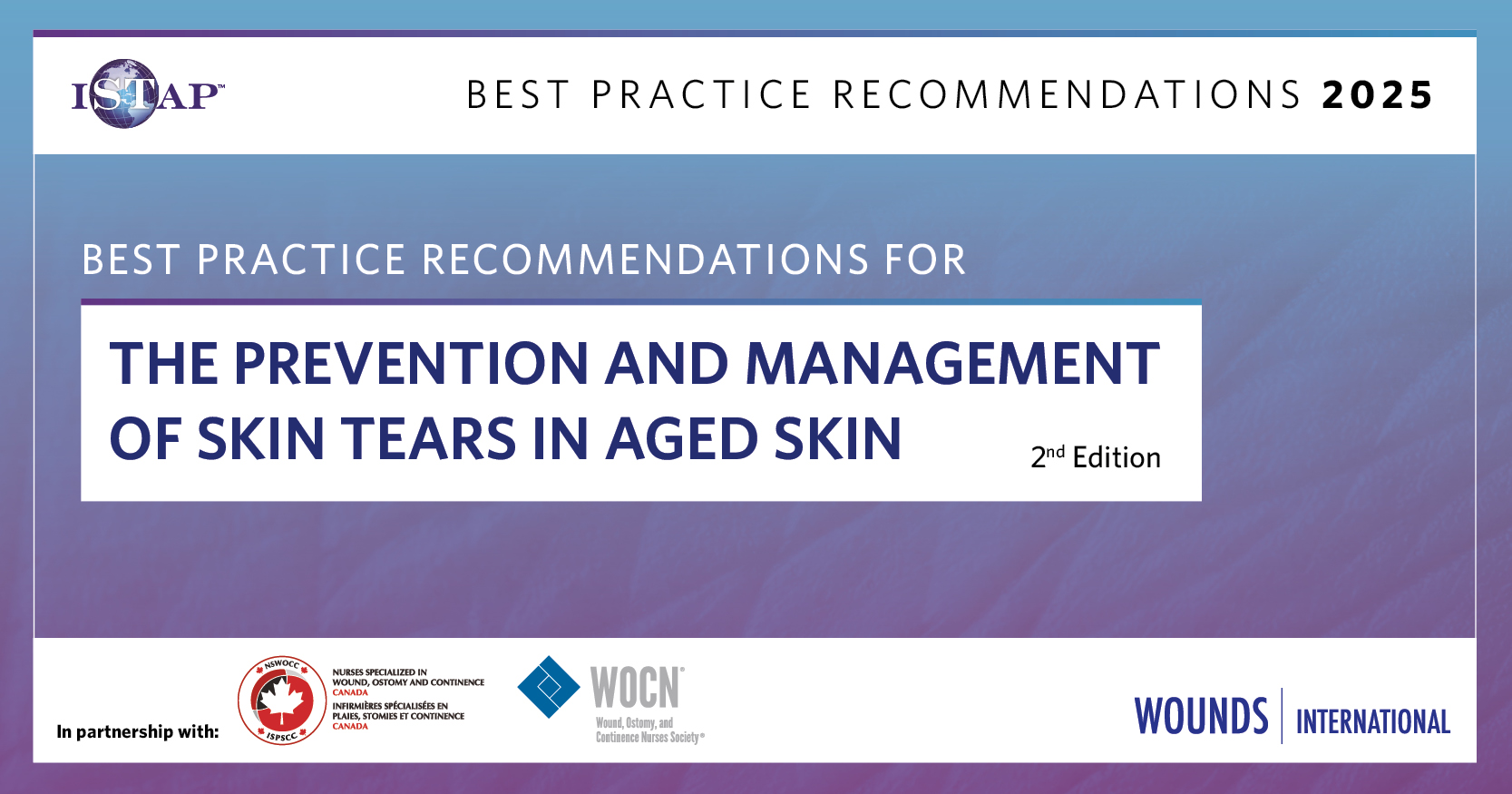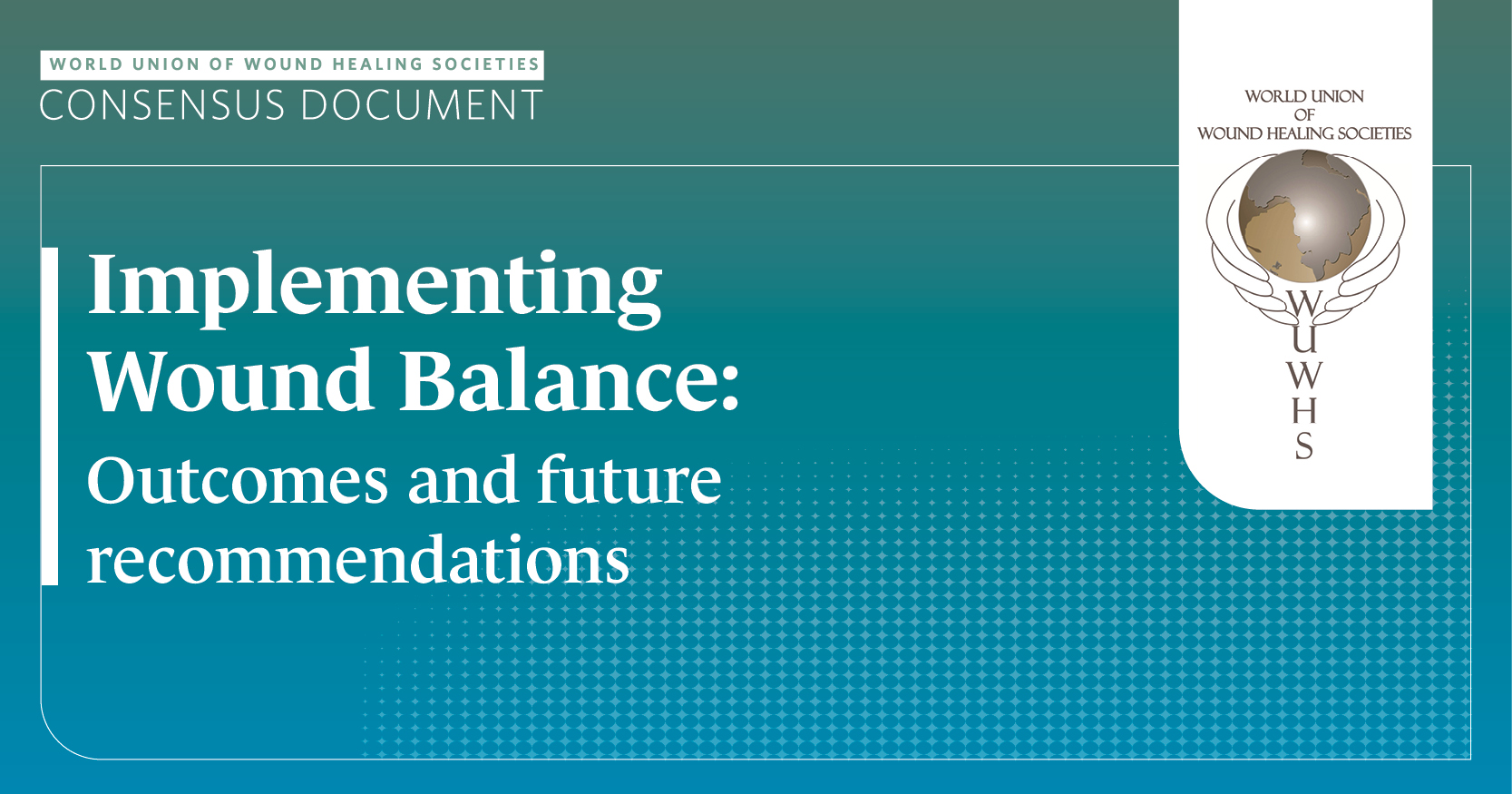Upper limb lymphoedema is a common complication after breast cancer surgery. It is reported that the incidence ranges from 6% to 30% (Soran et al, 2006). With the implementation of adjuvant radiotherapy, the incidence has increased up to 90% (Erickson et al, 2001; Rupp et al, 2019). This is a chronic progressive disease, often accompanied by limb swelling, deformity and oedema. Symptoms include discomfort, limb heaviness, weakness, restricted shoulder mobility, burning pains, elevated skin temperature, deformities, social isolation and psychological morbidities.
The proportion of women developing lymphoedema following surgical treatment of breast cancer ranges from 3% to 15% after sentinel lymph node biopsy and 40% to 65% after axillary lymph node dissection, following mastectomy (Armer, 2005). As breast cancer survival improves, the number of those at risk of lymphoedema also increases. Current treatment options are not wholly effective and the result is chronic progressive swelling with complications such as soft tissue fibrosis and even sarcomatous changes.
A study in Hong Kong demonstrated that calycosin and gallic acid from Radix astragal and R paeoniae can synergistically induce the expression of leukotriene B4 dehydrogenase (LTB4DH), thereby reducing the level of leukotriene B4 (LTB4; Cheng et al, 2015).
Ubenimex is a synthetic organic compound with the ability to promote lymphatic flow similar to benzopyranone, and entered Phase II clinical trials in the US in 2016. Ubenimex has been used as a chemotherapy adjunct for decades and has known anti-inflammatory and antifibrotic activity, including inhibition of LTB4 production which has been shown to inhibit lymphomagenesis in in vitro models.
In 2015, a group of bioscientists in Hong Kong found that when chemical derivatives from two medicinal plants, calycosin and gallic acid, were mixed together, they attenuated the effects of LTB4 by increasing its metabolism through the induction of LTB4 dehydrogenase (Cheng et al, 2015). Calycosin and gallic acid are found in good quantities in the medicinal plants Astragalus radix and Paeoniae species, respectively. The two herbs are popular choices in herbal formulations (Nurlaila et al, 2022).
When Peoniae rubra and Astragulus are taken together, they initiate pharmacological effects similar to Ubenimex.
The aim of this study is to evaluate the effects of the oral consumption of a twin herbal formula containing P rubra and Astragulus in the control of post-mastectomy upper limb lymphoedema.
Methods
Study objectives
The study was designed as a self-control open-label trial. The aim of the trial was to study the efficacy and safety of the dual herb formula in the treatment of lymphoedema resulting after mastectomy in breast cancer patients. The study was approved by the Clinical Research Ethics Committee (CREC Ref. No. 2020.715).
Outcome measures
Outcome measures include displaced water volume measurement for the affected limb, quality of life (QOL) for limb lymphoedema questionnaire (LYMQOL; Keeley et al, 2010), hand grip strength test and tonometer evaluation for tissue indentation (Chen, 1988; Cantarero-Villanueva et al, 2012). Measurements also included body weight and standard blood tests. All measurements were conducted at baseline and on monthly intervals.
Participants
From May 2018 to July 2023, a total of 20 patients with breast cancer-related lymphoedema were included in the prospective self-control trial. Patients who underwent surgery for breast cancer and subsequently developed lymphoedema were recruited. Individuals with dermatitis or wounds on the affected area were excluded.
Study procedures
After written consent was obtained, subjects were jointly monitored each month by a surgeon, Chinese medicine practitioner and research assistant for regular assessments and safety checks.
Study herbal formula
Two herbs, astragulus and moutan cortex, have been found to possess anti-fibrotic effects in both in vitro and in vivo experimental platforms. The powdered form with a carefully calculated dosage was administrated to the clients 6 days a week for 6 months. The formula is shown in Table 1.
Intervention
The granule form of the herbal medicines with a carefully calculated dosage were administered to the participants orally six days a week for six months.
Parameters of assessment
Displaced water volume (volume change of the affected limb)
The volume of lymphoedema was evaluated utilising both the water displacement method and circumferential measurements (Armer and Stewart, 2010; Velloso, 2011). Volumetric measurements are widely regarded as the gold standard for assessing limb volume (Mortimer, 1990; Boland and Adams, 1996). Despite also collecting circumferential measurements, we have reported the results using volumetric measurements.
The limbs were immersed into a standard container (Figure 1) filled with a standard volume of water. The amount of water displaced gave an objective measurement of the volume of the immersed part of the limb.
Monthly recordings of the lymphoedema of the affected extremity were achieved by measuring the displaced water volume. A decrease in the volume reflects the shrinkage of the lymphoedema.
At the same time, limb circumference was measured at a standard level.
Water displacement from a standard container after immersion of the affected limb has been reported to be reliable, with an intraclass correlation coefficient of 0.99 (Deltombe et al, 2007). The displaced volume was recorded in ml.
Lymphoedema Quality of Life
The Lymphoedema Quality of Life (LYMQOL) questionnaire contains four domains: function, symptoms, appearance and mood, as well as overall quality of life (QOL). Each subscale is standardised on a 0 to 3 scale. The sum of answers for each area of function, symptoms, appearance and mood are added, then divided by the number of questions in that section to give a score for each parameter. A higher score denotes a lower quality of life associated with that parameter.
Total QOL score (overall) is recorded between 0–10, 10 being the best and 0 the worst.
Hand grip strength
Hand grip strength has been recognised as a valid measurement of functional mobility and QOL in patients and of physical activity in healthy female and male patients. Assessing muscle strength through hand-grip strength testing has been widely used under various conditions.
Hand grip strength was assessed by using a handheld grip dynamometer. Grip strength was assessed by applying pressure to the dynamometer with the non-affected, followed by the affected, hand. Measurement ceased at full strength. The best of three attempts was recorded in kg. A high score denotes stronger grip strength.
Tonometer
Tonometer measures the resistance of soft tissue to pressure, indicating the compliance of the skin surface and the compliance of the inner limb tissues.
Tonometry assesses the tissue tension (or tissue toughness), and is an index of fibrotic induration. The higher the tonometry reading, the ‘tougher’ the tissue.
Statistical analysis
Continuous variables were compared using the one-way ANOVA or paired t test where appropriate (to compare pre- and post-treatment or changes at each visit) and were described as mean (standard deviation).
General linear models (for repeated measures) and one-way ANOVA (for continuous outcome variables) were used to examine the change of displaced water volume and LYMQOL.
The overall quality of life, total score of LYMQOL and differences between baseline and each visit measurements in four domains were compared via one-way ANOVA test or paired t-test.
Hand grip and tonometry: The significance of differences was assessed with Student’s t-test for paired matched observations when comparing pre- and post-treatment values.
A p-value <0.05 was considered to be statistically significant. Data were analysed using the Statistical Package for the Social Sciences 28 (Statistical Package for the Social Sciences, Chicago, IL).
Results
For this pilot study report, a total of 20 subjects with established upper limb lymphoedema were included. The mean age of the participants was 60.9 years old (range 49–73 years). The median duration of lymphoedema was 5 years (2–41 years; Table 4).
Body weight
Body weight remained stable during the study period (Table 2).
Displaced water volume (lymphoedema volume change)
Overall volume change of affected arms decreased by 4.1% after 6 months of treatment (Table 3 and Figure 3).
The mean affected limb volume demonstrated a reduction trend over time after treatment (Figure 3). The most significant case experienced a reduction of 14.7% (Figure 2). The average reduction was 4.1% (Table 3).
The mean affected limb volume indicated a trend towards reduction over time after 6 months of treatment (Figure 3).
Other measurements
Hand grip strength and tonometer
There were no remarkable changes in hand grip strength and tonometer readings during study period (Table 4 and Figure 4).
LYMQOL
Independent scales for function, symptoms, appearance and mood were included in the questionnaire. Each of these included several questions which were marked from 0 to 3, three being the worst.
The four domains and their corresponding questions are:
- Function.
- Appearance.
- Symptoms.
- Mood.
The overall quality of life (Q21) is scored as the value marked by the patient, between 0–10.
The summation of answers for each area of function, symptoms, appearance and mood were added, then divided by the number of questions in that section to give a score for each parameter. A higher score denoted a lower quality of life associated with that parameter.
Figure 5 and Table 4 show that
independent scales for function, symptoms, appearance and mood were improved; among them, symptoms scales attained statistical significance (p=0.006). Other quality of life domains, namely function, appearance, and mood scores, showed a trend towards improvement, although they did not reach statistical significance.
The overall quality of life of the participants showed a trend towards improvement, but it did not reach statistical significance. (Table 4 and Figure 6).
Discussion
Persistent lymphoedema is a common complication in patients with breast cancer after surgical treatment. Surgical trauma and radiotherapy are the main causes. This complication can lead to severe limb swelling, pain and joint stiffness, seriously affecting the patient’s quality of life. Long-term lymphoedema may also cause infections and skin ulcers, increasing the psychological burden and economic pressure on patients.
In order to evaluate the efficacy of an herbal formula for the treatment of breast cancer related lymphoedema, a prospective self-control clinical trial was conducted. A total of 20 patients with breast cancer-related lymphoedema were included in the trial and were treated for 6 months.
After 6 months of treatment, the affected limb volume decreased by 4.1% on average, compared to baseline. In addition, the quality of life (LYMQOL) improved after treatment, especially in the symptom domain (p=0.006). However, there was no significant change in other less specific evaluations.
The results of this study indicated that the herbal formula might be an effective method for the treatment of breast cancer-related lymphoedema. However, this study has some limitations, such as the small sample size, and the short treatment period. Further study is needed to further validate the results.
During the study period, no adverse events were reported, indicating that the herbal preparation was well-tolerated by the participants.
Conclusion
In conclusion, this prospective self-controlled clinical trial has provided preliminary evidences for the efficacy of the herbal formula in the treatment of breast cancer related lymphoedema, but bigger series with longer treatment are needed to confirm its efficacy.
The limitations of this study included the small sample size, the absence of a proper control group, and the limited reliance on more objective measurement methods. Due to the COVID-19 pandemic, the clinical trial was disrupted for nearly 3 years. Future studies should consider using a larger sample size, including a control group, and incorporating more objective measurement methods such as bioimpedance spectroscopy (BIS) technology to improve the accuracy and reliability of the results.







